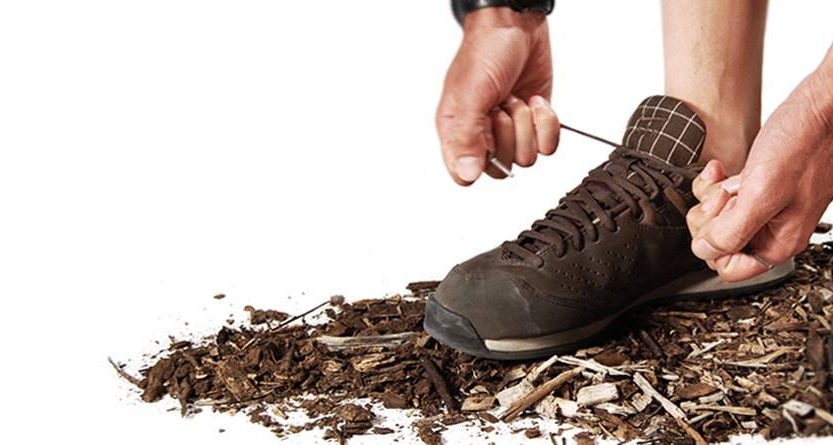Athletic shoes, once a humble necessity, have undergone a remarkable transformation over the decades. From basic functional gear to fashion statements, the evolution of athletic footwear reflects a fascinating journey through design trends that have shaped the industry.
Past Trends
In the early days, athletic shoes were primarily functional, offering minimal support and cushioning. Canvas, leather, and rubber were the primary materials used, with basic designs tailored for specific sports. The evolution gained momentum with the introduction of innovations like the waffle outsole by Nike in the 1970s, which revolutionized traction and grip.
1980s – 1990s: Technological Advancements
The ’80s and ’90s witnessed a surge in technological advancements. Brands like Reebok introduced the first-ever shoe specifically designed for aerobics. Nike’s Air technology brought visible air pockets for enhanced cushioning, while Adidas launched the Torsion system, improving stability and support.
Early 2000s: Fusion of Fashion and Function
The early 2000s marked a shift towards merging fashion with functionality. Brands began collaborating with designers and celebrities, creating limited-edition releases that appealed to both athletes and fashion enthusiasts. The rise of athleisure culture saw athletic shoes being worn beyond sports arenas, becoming a staple in everyday fashion.
Present Trends: Innovation and Sustainability
In recent years, innovation and sustainability have become focal points. Brands are experimenting with cutting-edge materials, 3D printing, and smart technologies that monitor performance metrics in real-time. There’s a growing emphasis on sustainability, with a shift towards eco-friendly materials and ethical manufacturing practices.
Future Trends: The Path Forward
The future of athletic shoe design is poised for groundbreaking advancements. Predictions suggest a continued focus on personalized footwear, utilizing data-driven designs based on individual biomechanics. Smart technology integration, such as adaptive cushioning and temperature-regulating materials, might become more prevalent.
Inclusivity and Customization
One of the future trends foreseen is greater inclusivity and customization. Shoe companies are working towards offering a wider range of sizes and widths to accommodate various foot shapes. Customization through 3D printing or personalized fits based on individual preferences could become more accessible.
Conclusion
The evolution of athletic shoes has been a journey blending innovation, functionality, and fashion. From humble beginnings as basic sports gear to becoming fashion icons, these shoes have continuously adapted to meet the changing demands of athletes and consumers. As technology advances and sustainability becomes paramount, the future promises even more revolutionary changes, offering shoes that not only enhance performance but also cater to individual needs and align with environmental consciousness.
